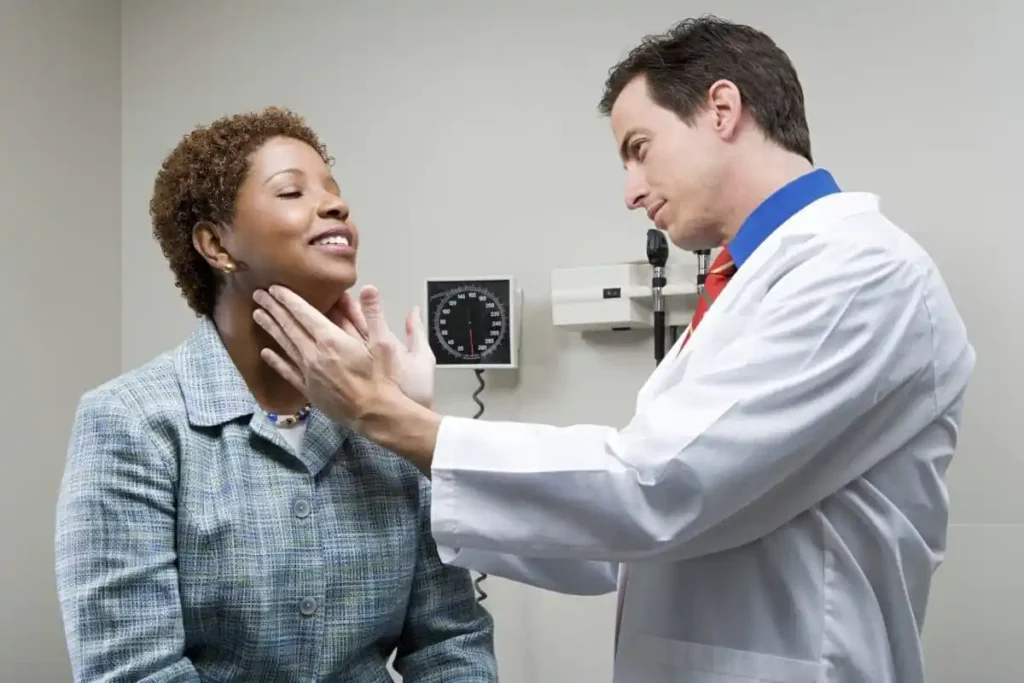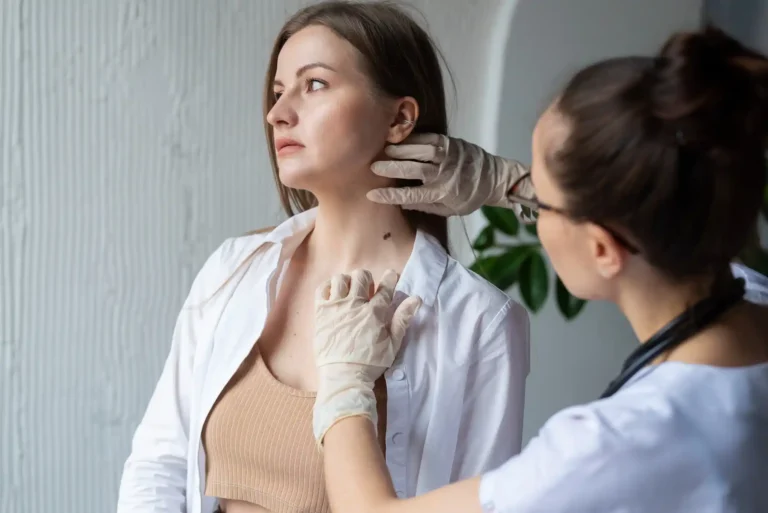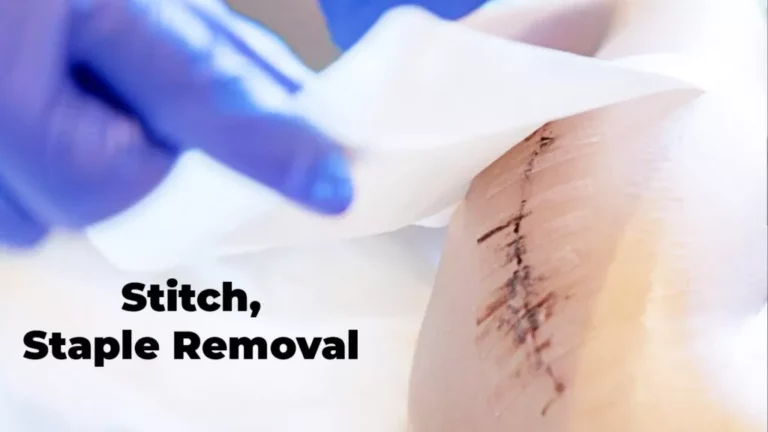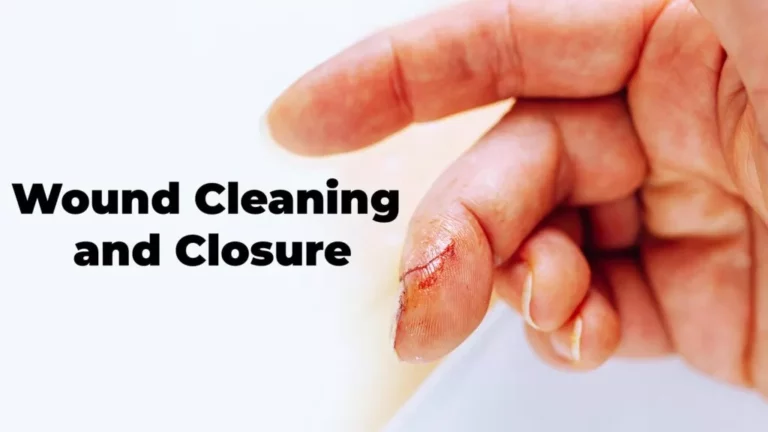When a sore throat occurs, you might find it difficult to determine whether it’s a minor issue or a serious infection. Mononucleosis (mono) and strep throat are two common causes that often have similar symptoms, making it hard to distinguish between them without testing. Both can cause throat pain, fatigue, and fever, but they differ in cause, treatment, and how they spread.
Knowing the differences between mono vs strep is important for timely diagnosis and appropriate medical treatment. This blog will examine their causes, symptoms, and when to seek help.
Causes and Risk Factors
Mononucleosis, commonly called mono, and strep throat are throat infections with very different causes. Mono is a viral infection, usually caused by the Epstein-Barr virus (EBV). It spreads mainly through contact with saliva and close personal contact, which is why it is often called the kissing disease. Since it is caused by a virus, antibiotics are ineffective. Treatment focuses on relieving symptoms such as fatigue, sore throat, and pain with rest, fluids, and pain relievers.
Strep throat, however, is caused by group A Streptococcus bacteria. It can spread through coughs, sneezes, or contact with contaminated surfaces. Unlike mono, strep throat can be treated with antibiotics like penicillin or amoxicillin, which help prevent complications by eliminating the infection.
Among mono throat vs strep throat, school-aged children, especially those between ages 5 and 15, are most susceptible to strep throat. However, mono tends to affect teenagers and young adults, particularly those in crowded environments like college dorms.

Symptoms of Mono vs Strep Throat
A sore throat and fever are common features of both mono and strep throat; however, these can be distinguished by other symptoms. The state of tiredness is one of the key differences.
When it comes to mono throat vs strep throat, individuals tend to experience severe fatigue over a prolonged duration—sometimes even weeks. Such fatigue is not common in strep throat, in which the individual can feel unwell but have increased relative energy compared to a person with mono.
Some common symptoms of mono in teens are:
- Profound fatigue and weakness are very evident indications of mono. It may be severe to the extent that it impacts school, work, or activities.
- The sore throat is intense, and it does not improve in a short period. The tonsils appear red and swollen, and in some cases, one can see white spots.
- The fever may be mild to severe and may be accompanied by body pain or headache.
- Glands in the neck or armpit might tend to be swollen and painful.
- In other conditions, mono may trigger swelling of the spleen or liver, causing pain on the left upper side of the abdomen.
- A rash of small red spots (that usually appear on the chest) can occur in some mono cases.
People often confuse mononucleosis vs strep throat due to similar early signs. These symptoms typically accompany mono, making it easier for doctors to identify in cases where extreme fatigue is present.
Strep throat typically begins immediately and causes severe symptoms within a short period. The most frequent symptoms are listed below:
- The pain usually begins abruptly and can be extremely intense, if swallowing.
- It is painful to swallow food or liquids as the throat and tonsils become very tender.
- A fever greater than 101 38.3 C can be expected and tends to increase to its highest point by the second day.
- They appear red and swollen with white patches or strains of pus.
- Lymph nodes in the front of the neck can swell up and feel painful.
- Sometimes the tongue can become very red with bumps. It can also develop a rough-feeling skin rash, scarlet fever.
- Nosebleeding, headaches, stomach pain, nausea, or lack of appetite are also some additional signs.
Notably, strep throat does not typically result in coughing, a stuffy nose, or eye redness. When such symptoms are identified, then it could be as a result of a viral infection or mono and not strep.

Below is a quick comparison of common findings in mono vs strep throat:
| Symptom | Mononucleosis (Mono) | Strep Throat |
| Cause | Epstein-Barr virus (viral) | Group A Streptococcus bacteria |
| Throat Pain | Mild to severe; may include white patches | Sudden severe pain; red/swollen throat |
| Fever | Low-grade or high | High-grade |
| Swollen Lymph Nodes | Yes (especially in neck and armpits) | Yes (primarily in the neck) |
| Fatigue | Extreme and long-lasting | Moderate; short-lived after treatment |
| Rash | Occasionally | Rare unless caused by scarlet fever |
| Antibiotics Effective? | No | Yes |
| Contagious Period | Several weeks | Until 24 hrs after antibiotics |
Diagnosis and Testing
In mono throat vs strep throat, doctors usually do testing to verify the diagnosis. The swabbing of the back of the throat is a rapid strep test or a throat culture to detect strep bacteria. When the rapid test is positive, strep throat is diagnosed. It could be negative, yet symptoms remain consistent with strep, and at this time, the doctor may request additional analysis of the sample.
Mono is detected by a blood test referred to as the monospot test or EBV antibody test. These are the tests that are used to determine the presence of certain antibodies produced in your body as a response to the Epstein-Barr virus. A complete blood count (CBC) may also be performed to seek a reduction in white blood cells indicative of mono.
Because of the similarity of symptoms of both diseases, physicians can conduct examinations simultaneously. We have on-site general rapid strep and mono blood testing at Novamed in Chicago, and you can be accurately diagnosed within minutes and begin treatment immediately.
Not sure what’s causing your sore throat? Don’t wait to find out. Schedule an appointment today at Novamed for fast testing and expert care.

Treatment and Care
Strep throat is a bacterial infection that doctors usually treat with antibiotics like penicillin or amoxicillin. These medications help you recover faster and prevent the spread of the infection to others. It is recommended to stay home for at least 24 hours after starting antibiotics. Warm or cold fluids, throat lozenges, salt water gargles, and pain relievers such as ibuprofen or acetaminophen can also help reduce fever and soothe a sore throat.
Be sure to finish the entire course of antibiotics (usually 10 days) to avoid serious complications like rheumatic fever. Most people can return to school or work after about a day of treatment.
Mono is a viral infection, so antibiotics are not effective. Treatment focuses on rest and symptom relief. People with mono often feel very tired and may take several weeks to recover. Use over-the-counter pain relievers like acetaminophen or ibuprofen, drink plenty of fluids, and eat soft foods.
Avoid contact sports or heavy lifting, as the spleen may be enlarged and at risk of bursting. In severe cases of throat swelling, a doctor might prescribe steroids for a short period. Most people start to feel better after a few weeks, though fatigue can linger. No matter what illness you have, practicing good hygiene, such as washing your hands and not sharing drinks, can help prevent transmission.
Schedule your visit to Novamed in Chicago, IL today for fast, accurate testing and personalized treatment. Your health matters—let our experienced providers help you feel better soon.
When to Seek Medical Attention
In case of confusion among mono symptoms vs strep throat, seek care if you experience:
- Sore throat lasting more than 5 days
- High fever that doesn’t improve
- Difficulty breathing or swallowing
- Swollen tonsils blocking the airway.
- Fatigue lasting more than 2 weeks
Conclusion
Strep throat and mono both have sore throats and fevers, yet differ in their causes, symptoms, and treatment. Mono is a viral infection that is treated with rest and pain relief; strep throat is bacterial, and therefore, antibiotics are used to treat it. When you know the differences, you will be able to receive the right treatment at the right time.
Rapid tests help distinguish strep vs mono throat causes during diagnosis.If you’re feeling unwell and unsure what’s behind your symptoms, don’t wait. Visit Novamed in Chicago for fast, accurate testing and expert care.






